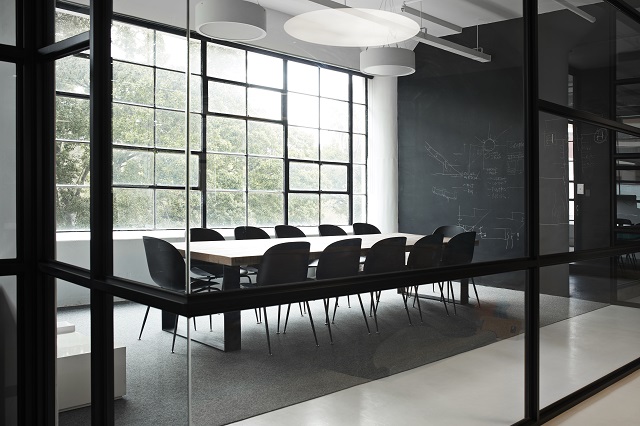
Credit: Klaus Vedfelt / Getty Images
In offices around the country, mail has piled up. Plants have died. Coffee cups sit unwashed, with a ring of old espresso cemented to the bottom. In some buildings, the lights have been left on since March — and who knows when someone will be back to turn them off.
According to Stanford economist Nicholas Bloom, we’re in the middle of “a structural, seismic shift” in the workplace. The majority of employees booted out of the office earlier this year don’t want to come back, says Liz Fosslien, head of content at human resources company Humu. So have we seen the end of the “out of office” email, water cooler talk and cubicle-sharing? When people finally return to the office, what will it look like? And where will it be?
Three Takeaways:
- Though he’s a big advocate of work-from-home, Bloom says isolating employees in home offices full-time can stifle innovation and creativity — and negatively impact mental health. Bloom and Fosslien agree that a hybrid system, with employees coming in a couple of days each week, could provide the best of both worlds. Fosslien suggests that collaborative, creative work could happen in a typical office setting while focused, “heads-down work” takes place at home.
- Humu surveys show that 70-90% of office workers don’t want to return to a physical workplace full-time, according to Fosslien. And 53% like the sound of a hybrid work week. But this poses some challenges for executives, she says. Without the ability to oversee employees and get a feel for the on-the-job psyche, managers feel like they’ve lost one of their senses.
- With easier access to upper management, employees who work in the office are more likely to get promotions, Bloom says. So with a move to hybrid workspaces, leaders need to develop work schedules that take this reality into account. Mandating company-wide in-office days or sending management home a couple of times a week could help ensure that those more likely to work from home, such as working parents, don’t lose out on opportunities down the line.
Additional Reading:
- The move from office to home has been harder for some than others. Innovation Hub previously explored how this shift, along with greater childcare responsibilities, has impacted parents, especially working moms.
- With fewer people grabbing a coffee on their morning commute, popping into their favorite lunch spot or heading out for after-work drinks, restaurants that revolved around office routines are struggling. And if work styles change long-term, some places will need to rethink everything from their marketing strategies to their real estate decisions.
- Wondering what became of your boardroom ficus or desktop philodendron? This short photo essay in The New York Times might offer a little hope that your office plants have survived the pandemic.

